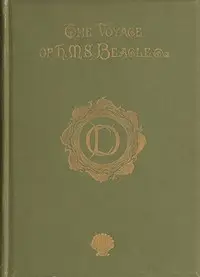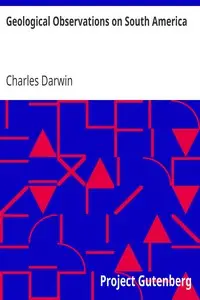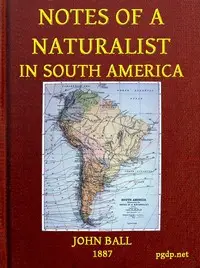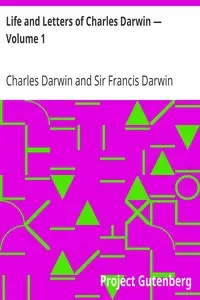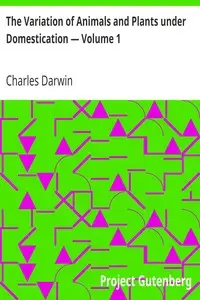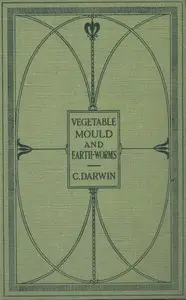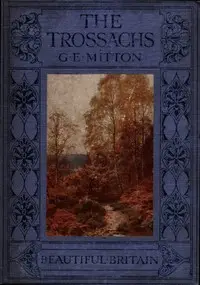"Coral Reefs; Volcanic Islands; South American Geology — Complete" by Charles Darwin is a scientific exploration from the 1800s that presents an in-depth look at coral reefs, volcanic islands, and the geology of South America. It begins with commentary on Darwin's lasting observations. The book discusses different kinds of coral reefs, like atolls, barrier reefs, and fringing reefs, while explaining how they are made and shaped, and the role of geological processes in these formations. Drawing from expeditions, including his voyage on the HMS Beagle, Darwin uses his observations to develop theories and question common understandings about how coral reefs come to be.
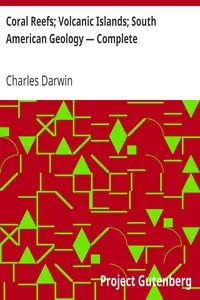
Coral Reefs; Volcanic Islands; South American Geology — Complete
By Charles Darwin
Embark on a 19th-century scientific journey to distant lands, where coral formations challenge existing knowledge and geological wonders await discovery.
Summary
About the AuthorCharles Robert Darwin was an English naturalist, geologist, and biologist, widely known for his contributions to evolutionary biology. His proposition that all species of life have descended from a common ancestor is now generally accepted and considered a fundamental scientific concept. In a joint publication with Alfred Russel Wallace, he introduced his scientific theory that this branching pattern of evolution resulted from a process he called natural selection, in which the struggle for existence has a similar effect to the artificial selection involved in selective breeding. Darwin has been described as one of the most influential figures in human history and was honoured by burial in Westminster Abbey.
Charles Robert Darwin was an English naturalist, geologist, and biologist, widely known for his contributions to evolutionary biology. His proposition that all species of life have descended from a common ancestor is now generally accepted and considered a fundamental scientific concept. In a joint publication with Alfred Russel Wallace, he introduced his scientific theory that this branching pattern of evolution resulted from a process he called natural selection, in which the struggle for existence has a similar effect to the artificial selection involved in selective breeding. Darwin has been described as one of the most influential figures in human history and was honoured by burial in Westminster Abbey.


